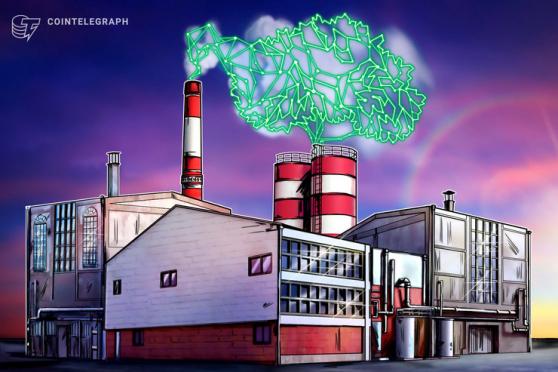The United Nations Climate Change Conference, known as COP26, in Glasgow, Scotland catalyzed a commitment to carbon neutrality, achieving net-zero carbon emissions, requiring reducing emissions as much as possible, and balancing the remaining emissions with the purchase of carbon credits.
A carbon credit reduces, avoids or removes carbon emissions in one place to compensate for unavoidable emissions somewhere else through certified green-energy projects. Carbon credits represent one ton in carbon emission reduction. They are 1) Avoidance or reduction projects — e.g., renewable energy (wind, solar, hydro, biogas) — and 2) Removal or sequestration — e.g., reforestation and direct carbon capture, which are aimed at the voluntary carbon market (VCM). Carbon credits can be resold multiple times until it has been retired by the end-user who wants to claim the offset’s impact. Carbon credits can also have co-benefits, such as job creation, water conservation, flood prevention and preservation of biodiversity.
Continue Reading on Coin Telegraph
